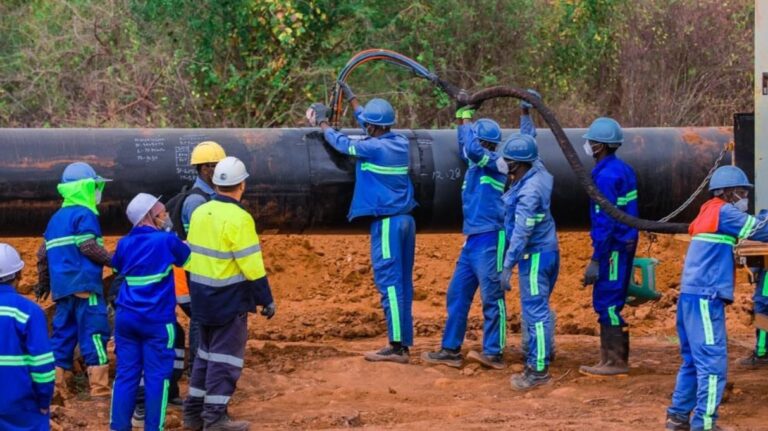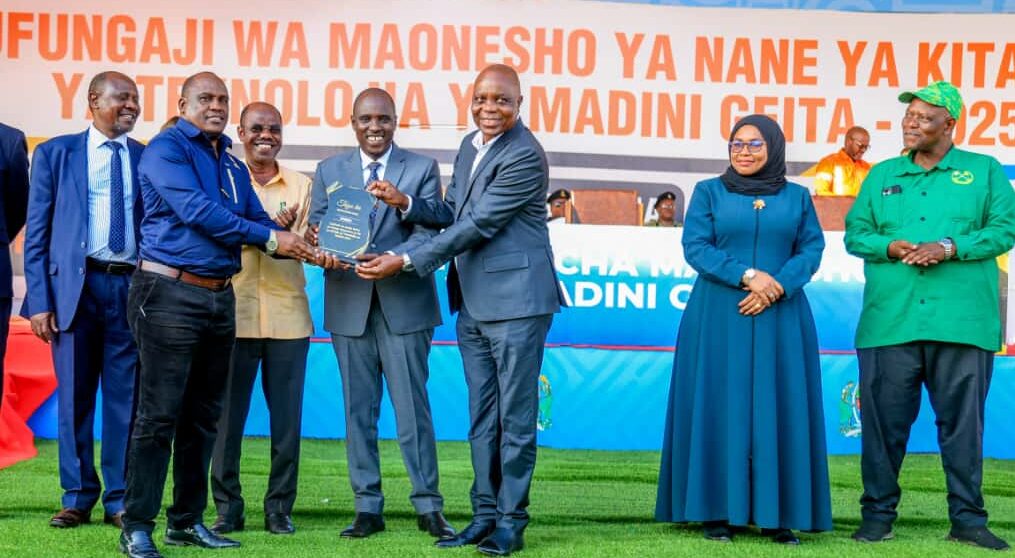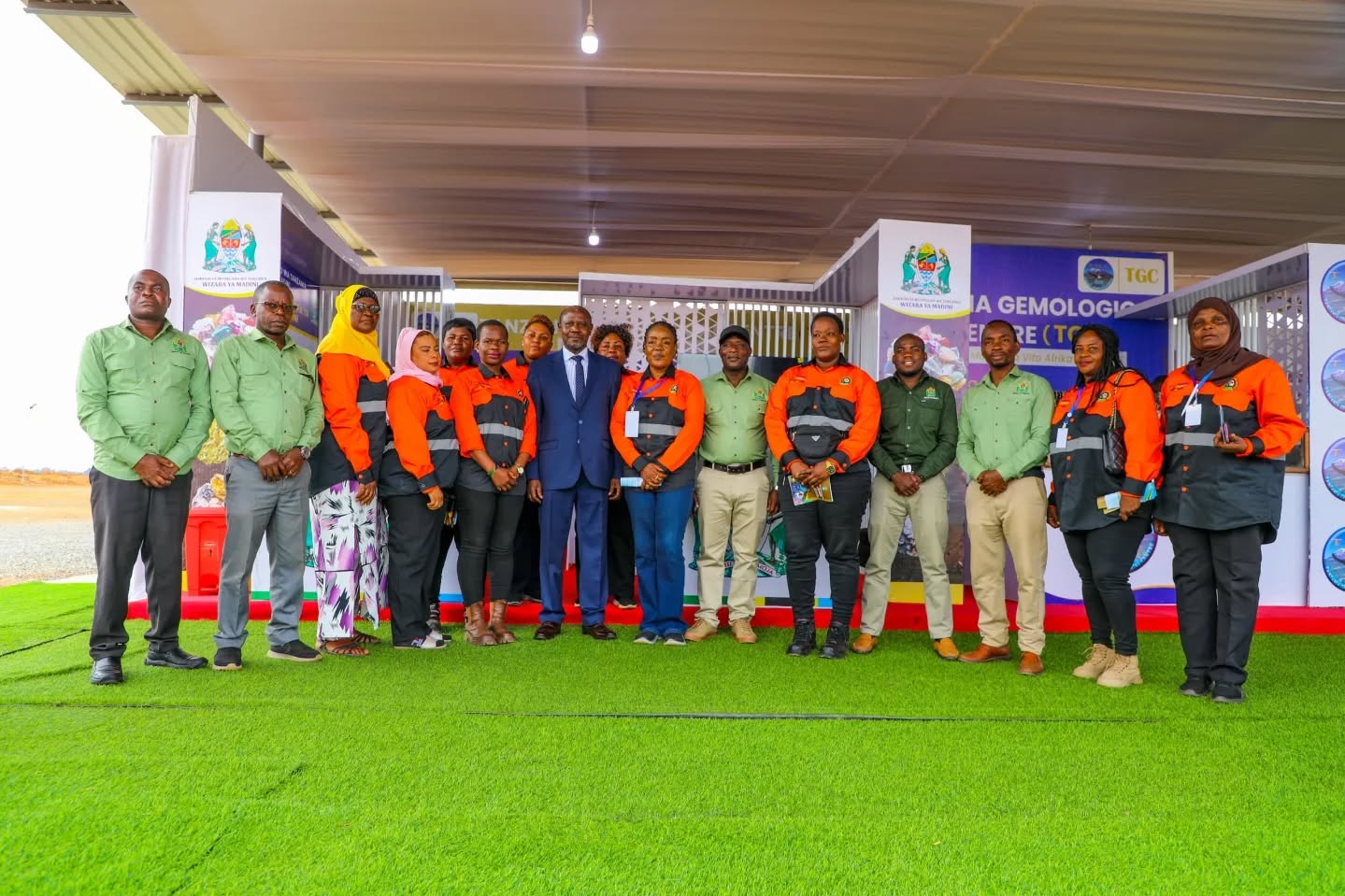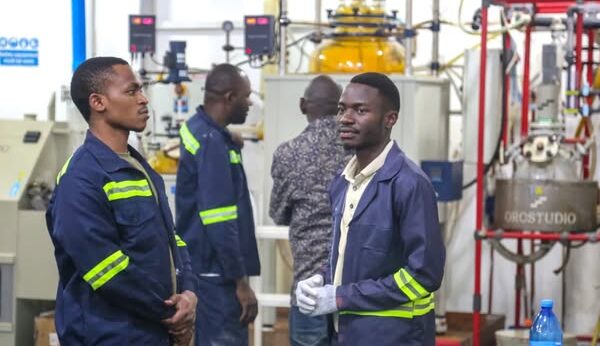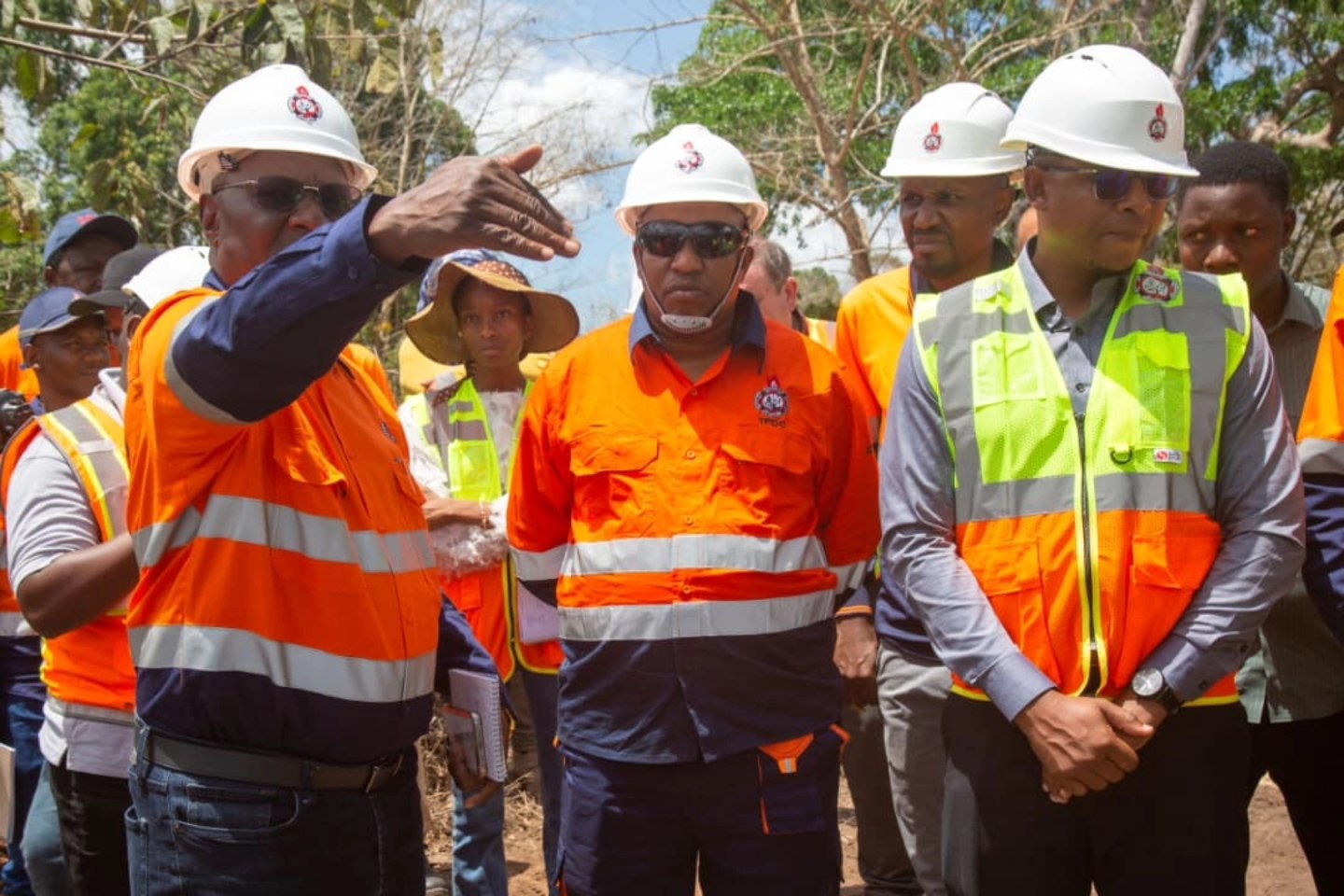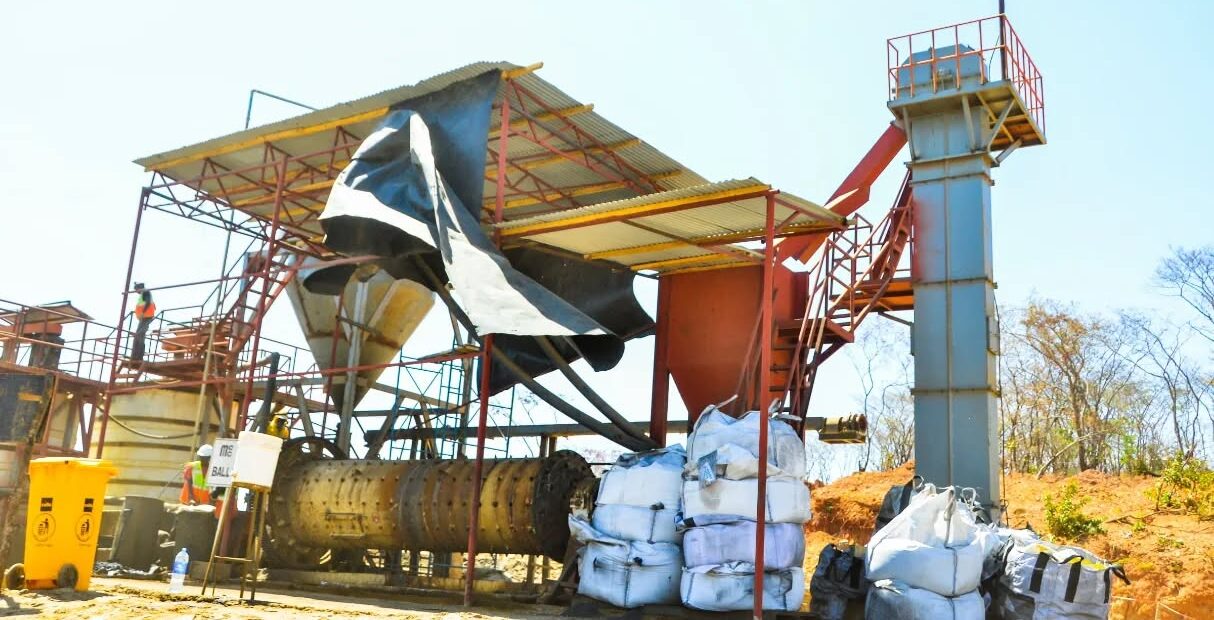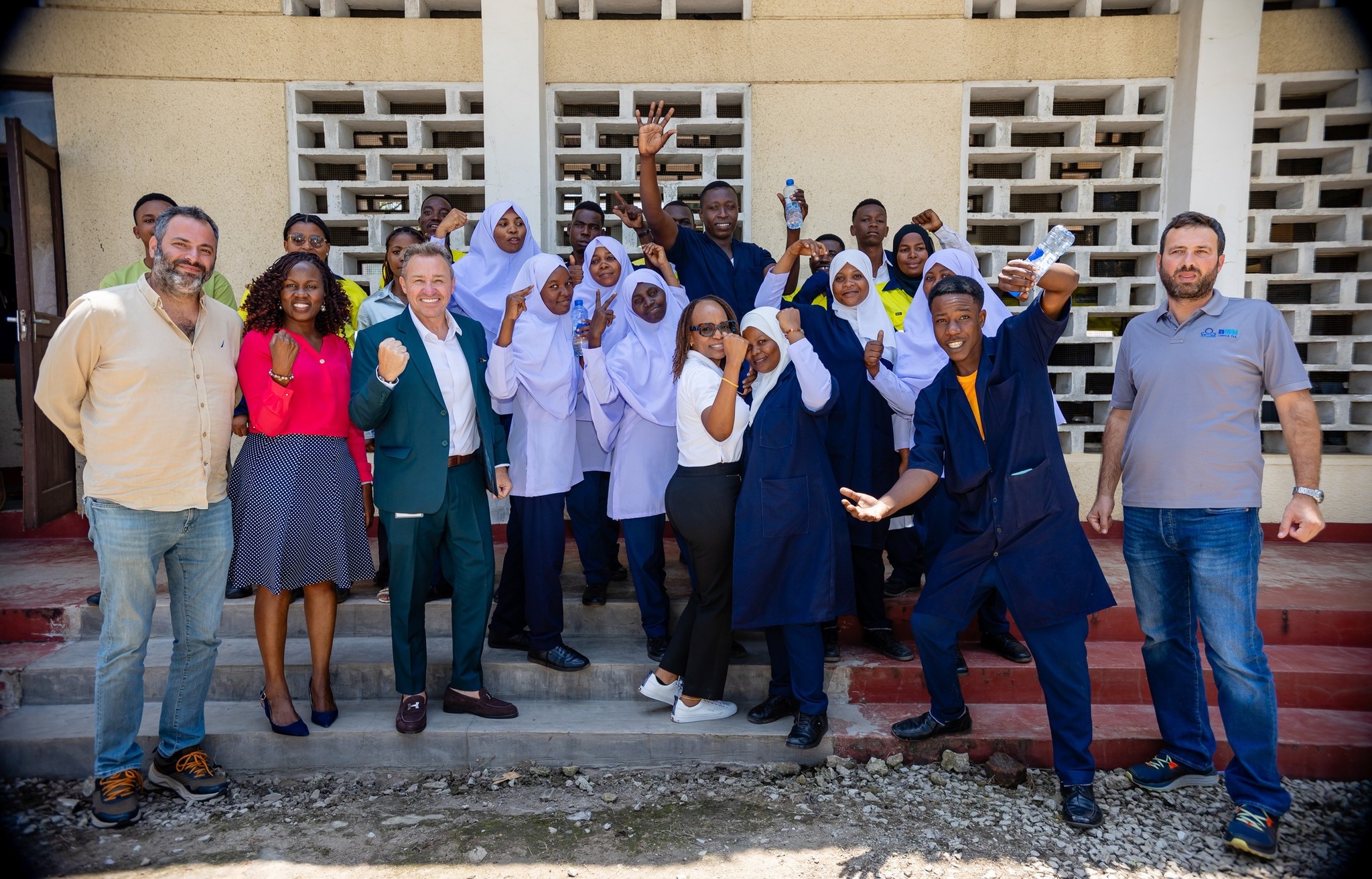Dar es Salaam. The East African Crude Oil Pipeline (EACOP) project, which stretches from Hoima in Uganda to Chongoleani in Tanga, Tanzania, will generate its own electricity using crude oil to ensure energy security during emergencies, a project engineer has revealed.
Engineer Peter Mwinuka, Coordinator for Segment 15 of the pipeline, covering welding, pipe laying and electrical cable installation for the pumping stations, said preparations are underway to install infrastructure for on-site power generation to support uninterrupted operations.
“Besides the emergency power infrastructure, the Tanzania Electric Supply Company (Tanesco) is expected to supply EACOP with up to 100 megawatts for the entire pipeline route,” said Mr Mwinuka.
He added that the power will be drawn from substations in Majani Mapana, Kyaka, Kibeta, Bulyanhulu, Lusu, and Singida.
In addition to grid power, backup generators will be installed at stations in Muleba, Igungai, Mbogwe, Singida and Tanga, each with a capacity of 25 megawatts, to ensure reliability during critical operations.
Explaining the mechanism, Mr Mwinuka noted that crude oil will be transported alongside dual transmission lines from Tilenga in Uganda using specialised generators, functioning in parallel with grid power via dedicated cables laid alongside the pipeline.
He said the electricity infrastructure installation had reached 45 percent completion, and that the project team was also exploring solar energy solutions.
Talks are underway to implement a solar project that will power the camp once the main construction phase is completed.
“According to our schedule, we aim to lay around three kilometres of pipeline per day under smooth conditions, and between 1.5 and 2 kilometres where challenges are encountered,” he said.
Speaking on local participation, one of the beneficiaries, Mr David Chinanda, a young Tanzanian working on the project, said the EACOP initiative had brought notable benefits to locals.
“There has been tangible progress in terms of job creation and skills development,” he said.

